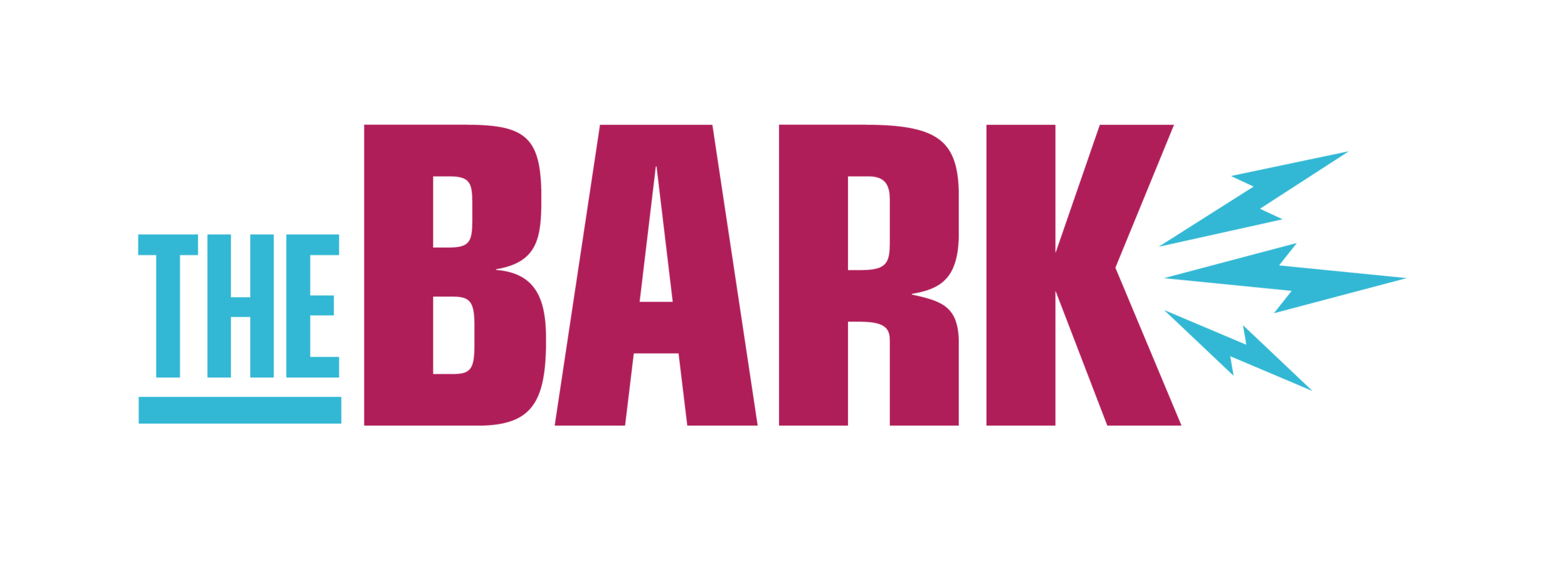UMD Disability Resources aims to accommodate all students
Written by Katherine Burke | Archived Nov. 10, 2020
The Disability Resources Office offers help and services to a wide range of students. Photo courtsey of Cate Tanner
On any given college campus, about 11 percent of college students would meet the criteria for having a disability.
According to Emily Norenberg, director of the Disability Resources office at UMD, in the current 2017-2018 academic year, 413 students are using the resources through the office.
Photo courtesy of Drew Nelson
“There is some variability in the percentage of students who meet the criteria for having a disability that affiliate with the disability support office,” Norenberg said. “That percentage at UMD usually resides between 4 percent to 6 percent, similar to the national average.”
Drew Nelson, a senior at UMD meets the criteria. As a major in industrial engineering, he will be staying an extra year to complete it.
“I’ve never felt different from the other kids,” Nelson said. “I was always treated the same. I don’t think of myself as a minority.”
Nelson has cerebral palsy and uses a motorized wheelchair to get around the residence halls and the rest of campus. Cerebral palsy is a neurological disorder that is caused by a non-progressive brain injury or malfunction while the brain is under development. Cerebral palsy affects a person’s muscles and their ability to control their movements.
“Sometimes a few adjustments have to be made for me,” Nelson said. “Not a big deal. We do what we need to do and we move on.”
The office is located within the Multicultural Center. Photo courtesy of Cate Tanner
Nelson said the Disability Resources office was one of the first places that he and his parents stopped at while on a tour at UMD. They knew that they would need assistance and needed to make sure that the right people were aware of the accommodations that Nelson would need.
According to Norenberg, the office serves any student with a documented disability who needs to arrange academic accommodations for their classes. They also work with students who have not yet been diagnosed. Office staff are willing to help guide students to the resources that they may need.
Norenberg also said that students have a lot of credible reasons for deciding whether not they want to connect with the Disability Resources office.
According to Norenberg, there are several reasons why a student may not pursue accommodations. This ranges from a well-designed campus environment in which there are no barriers to cross to an intentional decision to not pursue accommodations or not being aware of the resources available on campus.
Map showing elevators and power doors on the UMD campus
Nelson said that UMD does a good job for students who have physical disabilities. He also mentioned that he understands that he is only one person and that each disability is different for everyone.
“I live on campus and that makes it super easy to get to my classes,” Nelson said. “I don’t have to think about the weather outside affecting my ability to get to class.”
According to the Climate Campus Survey, 2,100 undergraduate students filled out the survey. Of those undergraduate students that took the survey, 340 either have a single disability or multiple disabilities.
This counts for all types of disabilities. Physical disabilities such as Nelson’s would require more attention to elevator locations and automatic doors in and around the UMD campus.
“Most of the time I don’t have too much difficulty,” Nelson said. “Even if a door doesn’t have a button to automatically open it, I can sometimes open it if it’s light enough.”
According to the Americans with Disabilities Act of 1990, the 2010 ADA Standards for Accessible design would become the enforceable standards under Title II and Title III. Those titles would be enforced for new construction, alterations, program accessibility and barrier removal.
When asked about the overall atmosphere of UMD, Nelson said he has always felt welcomed.
“The friends that I have made me feel welcome,” said Nelson. “We come together rather than pointing out our differences.”
Access for All is one group on campus that is continuously working toward a more inclusive campus environment. Tiffany Cowan is one of five leaders that work together to put on events for anyone with disabilities or that want to learn about the club.
“The organization is a place for people with disabilities to feel welcome and safe,” Cowan said.
Cowan said that she and the other leaders of Access for All work together to participate in the Disabilities and Wellness Fair in order to inform people of the different resources that are around campus and in the community.
“We also host Color the Night Away,” Cowan said. “It’s a night where anyone can come destress before finals.”
While Access for All is centered around providing opportunities for people with disabilities, Cowan said that the organization is also meant for people who would like to be more informed about the club and about the people already in the club.
More information about the Disabilities Resources and Access for All is available online.






